My Son Sanctuary
World Heritage
Vietnam
🎧 Listen to Introduction
Between the 4th and 13th centuries AD, a unique culture developed on the coast of modern-day Vietnam, with spiritual roots in Hinduism. This is vividly illustrated by the remains of an impressive series of pagodas, located on a striking site that served as the religious and political capital of the Champa Kingdom for much of its existence.
# religion
# Hinduism
# Pagoda temple ruins
# Vietnam Coast
# 4th to 13th century AD
# Political capital
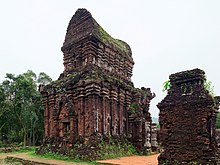
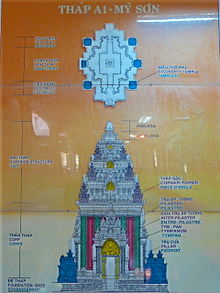
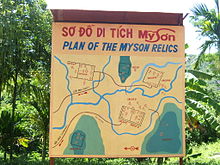
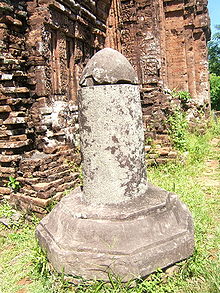
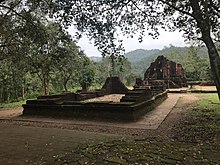

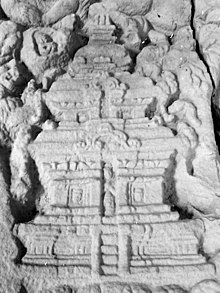
 remained intact.jpg)
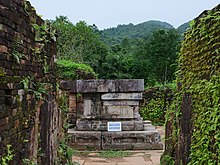
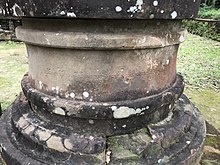
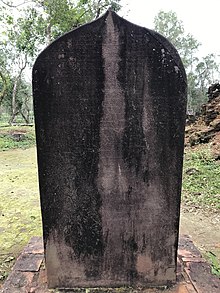

Poem of the heritage generated by AI
Intangible culture related to the heritage
China tourist attractions related to the heritage
World heritage related to the heritage
Show more related heritage
Information extracted from Wikidata
| office held by head of the organization | http://g.co/kg/m/04lbh_ |
| Commons category | My Son |
| coordinate location | Point(108.116666666 15.766666666) |
| page banner | http://commons.wikimedia.org/wiki/Special:FilePath/My%20Son%20banner.jpg |
| native label | Mỹ Sơn |
| area | 142 |
| culture | Three Holy Mountains |
| World Heritage criteria | World Heritage selection criterion (ii) |
| image | http://commons.wikimedia.org/wiki/Special:FilePath/My%20Son.jpg |
| instance of | Hindu temple |
| located in the administrative territorial entity | Da Nang |
| executive body | My Son |
| start time | 1999-01-01T00:00:00Z |
| official name | ضريح مي- سون |
| official name | My Son Sanctuary |
| official name | Santuario de My Son |
| official name | Sanctuaire de Mi-sön |
| official name | ミーソン聖域 |
| official name | My Son-heiligdom |
| official name | Святилище Мишон |
| official name | 圣子修道院 |
| volume as quantity | World Heritage selection criterion (ii) |
| area | 920 |
| applies to part | buffer zone |